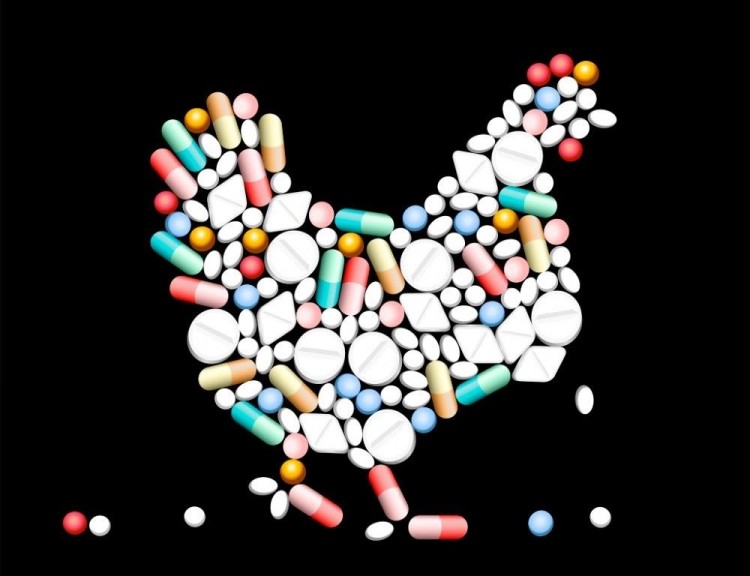Forms created by sponsors have to include information specific to the VFD drug, said FDA officials.

The FDA released a draft of its suggestions surrounding the creation of a common form for use on Monday, which is open to public consultation.
As part of the application process for approval of a new drug for use in or on feed, the drug maker is required to submit for FDA review three copies of a VFD form that includes information specific to the VFD drug, said FDA officials.
Once that drug is approved, veterinarians have the option to use the sponsor’s VFD form when authorizing his or her client to obtain and use medicated feed containing the VFD drug.
During previous comment rounds surrounding the development of the VFD rule, several feed organizations suggested a uniform form be established, said FDA officials. That was not done out of concern that it would be overly limiting.
“We [now] acknowledge that a common VFD format would help clients, veterinarians, and distributors (including feed mills) quickly identify relevant information on the VFD,” said FDA officials. “Therefore, we are issuing this draft guidance to recommend a common VFD format.”
David Fairfield, vice president of feed services at the National Grain and Feed Association (NGFA), said the trade group had requested such a uniform approach in previous comments on the directive.
“So we’re appreciative that FDA has issued this guidance and provided this format,” he told us. “It will be up to the [drug] sponsors to create the forms they use as part of their application process. But, we certainly think that FDA’s guidance is a step in the right direction to help facilitate the VFD process, and make it more efficient, make it more accurate and reduce the potential for compliance issues.”
Similarly, AFIA members were pleased to see the recommendation for a common VFD order form, said Richard Sellers, senior vice president of legislative and regulatory affairs.
“The document needs to be finalized within six months, as feed manufacturers are expecting drug sponsors to provide changes early next summer,” he said. “By putting this out early, the FDA can ensure there is time for comments and for drugs sponsors and feed mills to work together to meet FDA’s January 1, 2017 changes.”
Medicated feed form
The FDA draft guidance provides examples that illustrate how a common VFD format might appear.
The VFD form provided by the drug company will be made available for use by veterinarians but they are not required to use such a form and may instead create their own one, said the FDA.
The US agency said, at a minimum, the VFD form should include: the drug name; the level and use time; indications; the species and class where the drug can be used; time needed for withdrawal; the maximum expiration date; the total number of refills approved, if applicable; any special instructions; an advisory label; and any cautionary statements.
The form should pre-populate as much of the necessary information as possible, said the FDA.
However, the forms should not automatically include case-specific information, said the officials. This sort of detail includes: client name and contact information; veterinarian contact information; animal location and the numbers being treated; date of VFD issuance and expiration; any special instructions from the veterinarian; the number of refills set by the attending veterinarian; the affirmation of intent for combining VFD drugs; and the veterinarian’s signature.
“The sponsor may pre-populate all of the optional information available to the veterinarian under the approval, conditional approval, or index listing by using formatting such as checkboxes or blanks for the veterinarian to indicate his or her decision,” the FDA said in the guidance.
Additionally, the veterinarian may choose to use either the established name or the trade name of a drug on the VFD, said agency officials. They may also specify that a substitution is not allowed.















